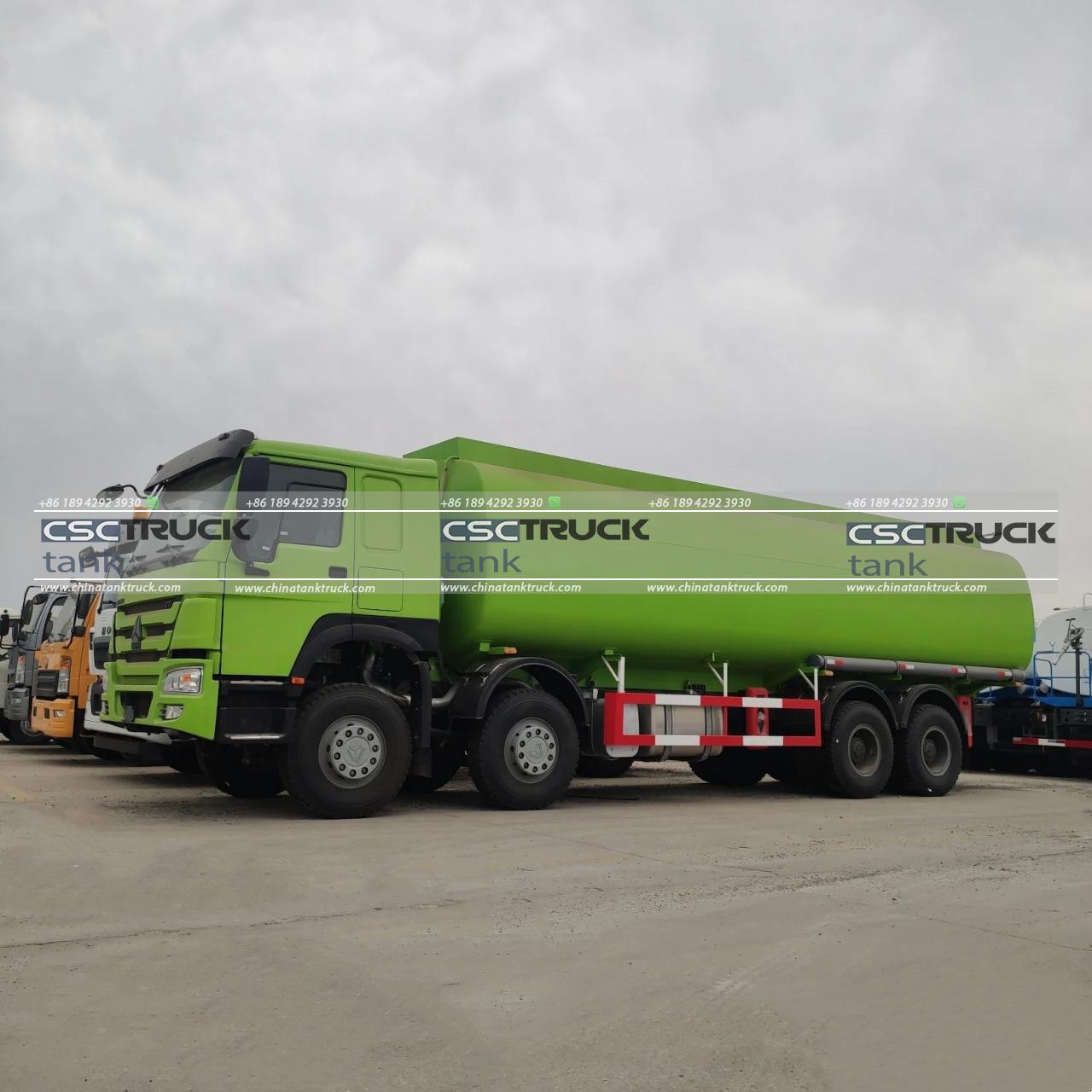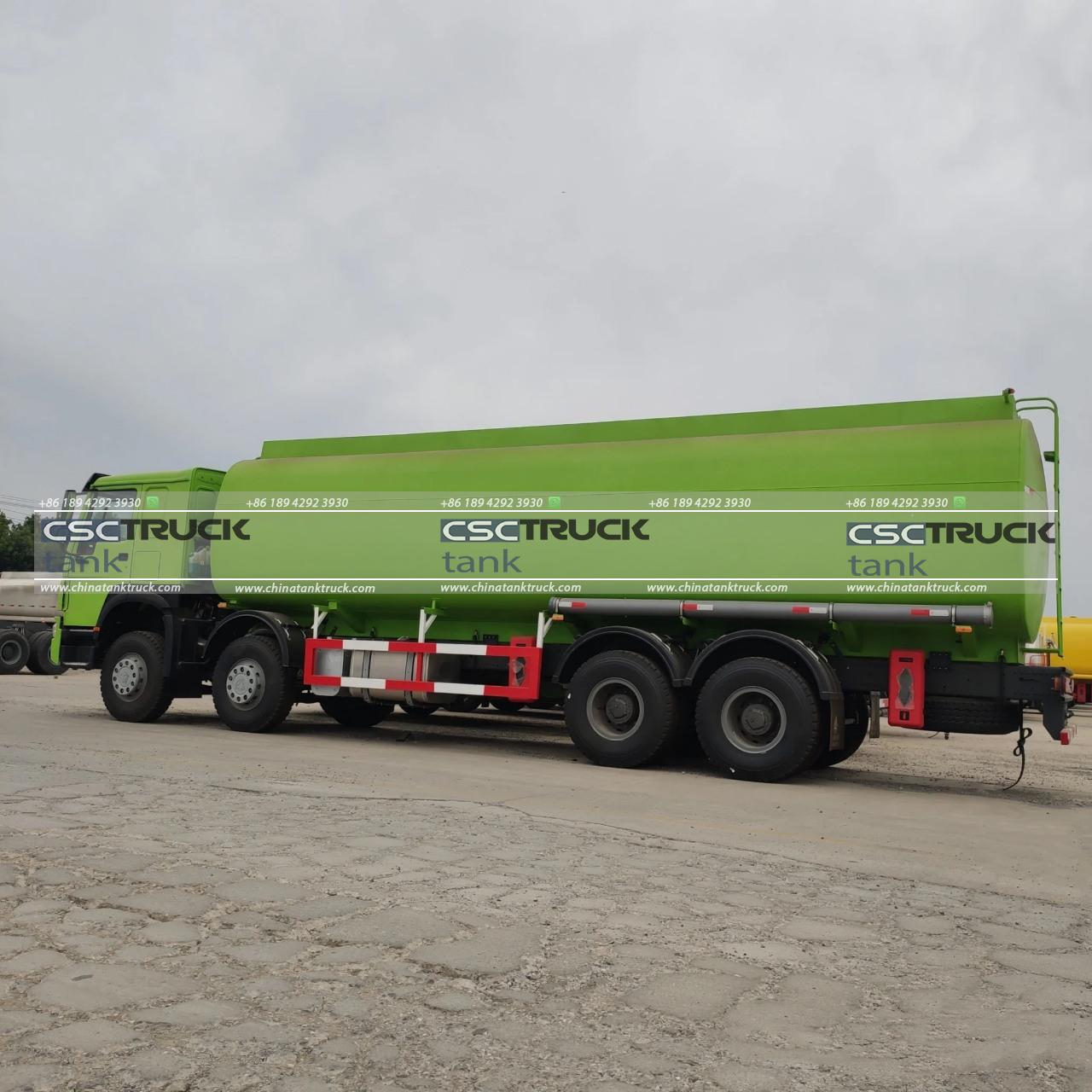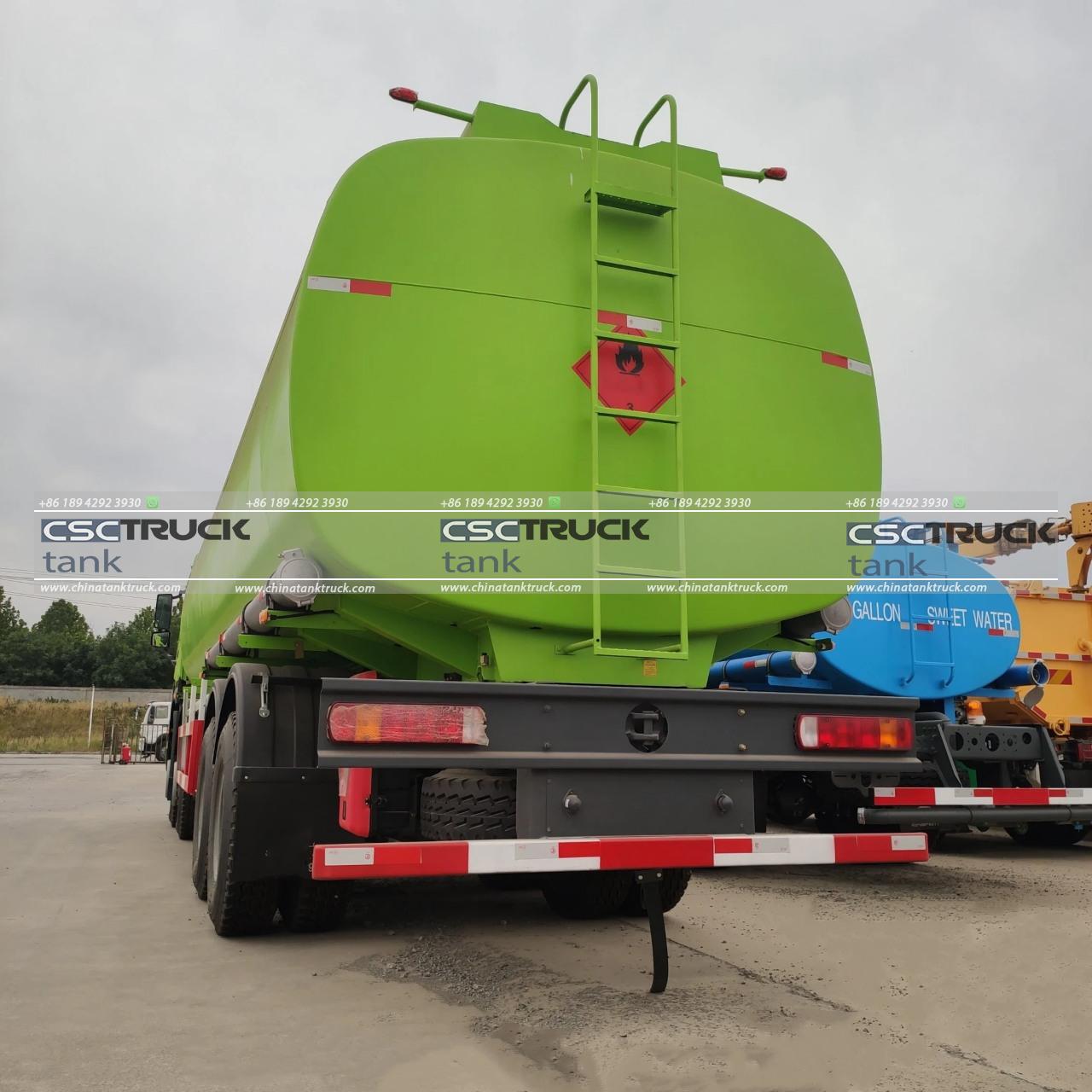How Much Does a Fuel Tank Truck Hold?
Fuel tank trucks, or fuel tankers, play a crucial role in transporting gasoline, diesel, and other liquid fuels from refineries and distribution centers to various points of use. These vehicles are essential for ensuring a steady supply of fuel to gas stations, airports, construction sites, and more. But have you ever wondered just how much fuel a tank truck can hold? Understanding the capacity of these trucks is important for various stakeholders, including logistics managers, fuel distributors, and environmental regulators. In this article, we’ll explore the different types of fuel tank trucks, their capacities, and the factors that influence these capacities.
Types of Fuel Tank Trucks
Fuel tank trucks come in various sizes and configurations, tailored to meet specific transportation needs. The most common types are:
1. Single-Axle Tank Trucks: These are generally smaller trucks designed for lighter loads. They often carry around 1,000 to 2,500 gallons of fuel.
2. Tandem-Axle Tank Trucks: With 2 axles at the rear, these trucks have greater capacity and stability. They typically hold between 2,500 to 4,000 gallons.
3. Triaxle Tank Trucks: Featuring 3 rear axles, triaxle tank trucks can handle larger loads and are commonly used for transporting between 4,000 to 6,000 gallons of fuel.
4. Semi-Trailer Tank Trucks: These are the largest fuel tank trucks and are often used for long-haul transportation. They usually have capacities ranging from 5,000 to 11,000 gallons or more.
5. Multi-Compartment Tank Trucks: Some tank trucks are equipped with multiple compartments to transport different types of fuels simultaneously or to keep the fuel segregated for various uses.

Factors Influencing Capacity
The capacity of a fuel tank truck is influenced by several factors, including:
1. Design and Construction: The design of the tank truck plays a crucial role in determining its capacity. Larger tanks require more robust construction materials and design considerations to ensure safety and durability. For instance, semi-trailer tank trucks often use specialized materials like aluminum or stainless steel to handle the large volumes they carry.
2. Regulations: Various regulations govern the maximum allowable capacity for fuel tank trucks. These regulations can vary by country and region, influencing the size and type of trucks used. For example, in the United States, the Department of Transportation (DOT) has specific guidelines for fuel tank truck capacities and construction standards to ensure safety.
3. Weight Limits: The capacity of a fuel tank truck is also influenced by weight limits imposed by transportation regulations. These limits are designed to prevent overloading, which could compromise vehicle safety and infrastructure integrity. The weight of the fuel itself, combined with the truck’s empty weight and the weight of the tank, determines the maximum allowable load.
4. Tank Configuration: The internal configuration of the tank, including the presence of baffles and compartments, can affect the total capacity. Baffles are used to prevent fuel sloshing, which can impact the truck’s stability during transit. Compartmentalized tanks allow for transporting multiple types of fuel but may reduce the overall volume of each compartment.
5. Purpose and Use: The intended use of the tank truck can also influence its capacity. Trucks designed for urban delivery may be smaller to navigate city streets more easily, while those intended for long-haul routes can be much larger to maximize efficiency and reduce the frequency of refueling stops.
Typical Capacities
To give a more concrete idea of fuel tank truck capacities, here are some typical examples:
– Smaller Tank Trucks: Ideal for urban and regional deliveries, these trucks usually have a capacity of 1,000 to 2,500 gallons. They are often used for deliveries to local gas stations or smaller commercial customers.
– Medium Tank Trucks: With capacities ranging from 2,500 to 4,000 gallons, these trucks are suited for a mix of regional and longer-distance deliveries. They offer a balance between size and maneuverability.
– Large Tank Trucks: These include both triaxle and semi-trailer tank trucks. Triaxle trucks generally hold between 4,000 to 6,000 gallons, while semi-trailer tank trucks can carry between 5,000 to 11,000 gallons or more. They are typically used for long-haul transportation and large-scale deliveries.

Safety and Environmental Considerations
Transporting large volumes of fuel comes with significant safety and environmental considerations. Fuel tank trucks are equipped with safety features such as spill containment systems, emergency shut-off valves, and specialized hoses to minimize the risk of spills and accidents. Additionally, regular maintenance and inspections are crucial to ensure the integrity of the tanks and the overall safety of the vehicle.
Environmental regulations also play a role in shaping the design and operation of fuel tank trucks. For example, modern trucks are often equipped with features to reduce emissions and improve fuel efficiency, aligning with broader environmental goals.
Conclusion
Fuel tank trucks are vital to the infrastructure that supports our modern way of life. Their capacities vary widely depending on the type, purpose, and regulatory requirements, ranging from smaller trucks with a few thousand gallons to large semi-trailer tankers with capacities exceeding 10,000 gallons. Understanding these capacities helps fuel distributors and logistics managers optimize their operations and ensures the safe and efficient delivery of essential fuels. As technology and regulations continue to evolve, the design and capacity of fuel tank trucks will likely continue to adapt, further enhancing their role in our energy infrastructure.


